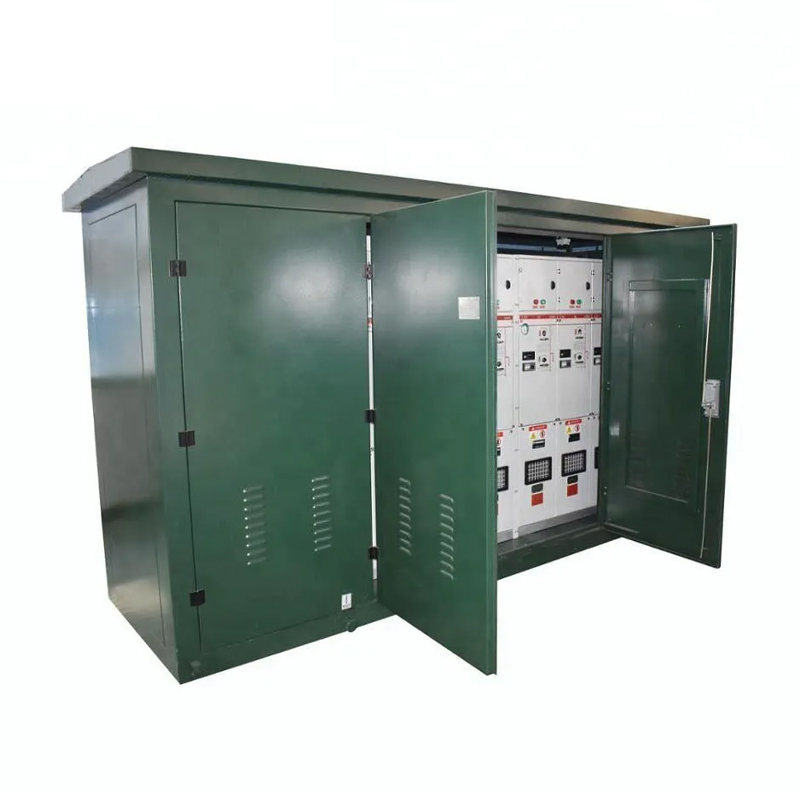
Navigating Ring Main Units (RMU) in the Wind Energy Sector: An In-Depth Guide
Ring Main Units (RMUs) are indispensable in the efficient distribution and management of electricity within the wind power industry. As wind power and other renewable energy sources gain traction, the importance of reliable and robust electrical infrastructure cannot be overstated. This comprehensive guide delves into the significance of RMUs in wind energy, exploring their functions, benefits, and crucial implementation considerations.
Understanding the Role of RMUs
RMUs are compact, fully insulated, and expandable units designed to ensure the safe and reliable operation of medium voltage networks. In wind farms, where power generation spans vast areas, RMUs serve as crucial components in distributing electricity from turbines to the grid. These units facilitate seamless power transfer, safeguard against disruptions, and optimize operational efficiency.

Key Functions and Advantages
- Fault Isolation: RMUs enable rapid fault detection and isolation, minimizing downtime and enhancing system reliability.
- Remote Monitoring: Advanced RMUs incorporate remote monitoring capabilities, allowing for real-time surveillance and proactive maintenance, which further enhances reliability.
- Modular Design: The modular nature of RMUs offers scalability and flexibility, catering to the evolving needs of wind power installations.
- Load Management: These units ensure efficient load distribution, optimizing the utilization of generated power.
CHNGS Electric: Provider of Reliable Tower RMU
Medium Voltage Switchgear: GSM2-12 Solid Insulation Ring Network Cabinet
The GSM2-12 series solid insulation ring network switchgear is a fully insulated, fully sealed, and maintenance-free vacuum switchgear. It boasts a simple structure, flexible operation, reliable interlocking, and convenient installation. Suitable for 50Hz, 12 kV power systems, it is widely used in industrial and civil cable ring networks and distribution network terminal projects. It is particularly suitable for urban residential distribution, industrial and mining enterprises, airports, subways, wind power generation, tunnels, and other locations. It can also withstand harsh environments such as high altitude, high temperature, humid heat, and severe pollution.
Standards: IEC62271-1-2003, IEC62071-2000
Considerations for Implementation
When integrating RMUs into wind power setups, several factors must be carefully considered:
- Environmental Resilience: RMUs must endure harsh environmental conditions prevalent in wind farm locations, including high winds and salt exposure.
- Interoperability: Ensuring compatibility and seamless integration with existing infrastructure is crucial for smooth operations.
- Cybersecurity: With the increasing digitization of energy systems, robust cybersecurity measures are essential to protect RMU against potential threats.
Future Trends and Innovations
As technology advances, RMUs in the wind power industry are poised for further enhancements. Innovations such as smart RMU with predictive maintenance capabilities and enhanced grid connectivity are set to revolutionize the sector, promoting greater efficiency and sustainability.
Conclusion
RMUs are integral components in the intricate electrical systems powering the wind energy sector. By understanding their functions, benefits, and deployment considerations, stakeholders can harness the full potential of RMUs to bolster the reliability and performance of wind power installations. This will drive the transition towards a greener and more resilient energy landscape.
Stay tuned for more insights and updates on the latest advancements in RMUs and their impact on the wind power industry.
